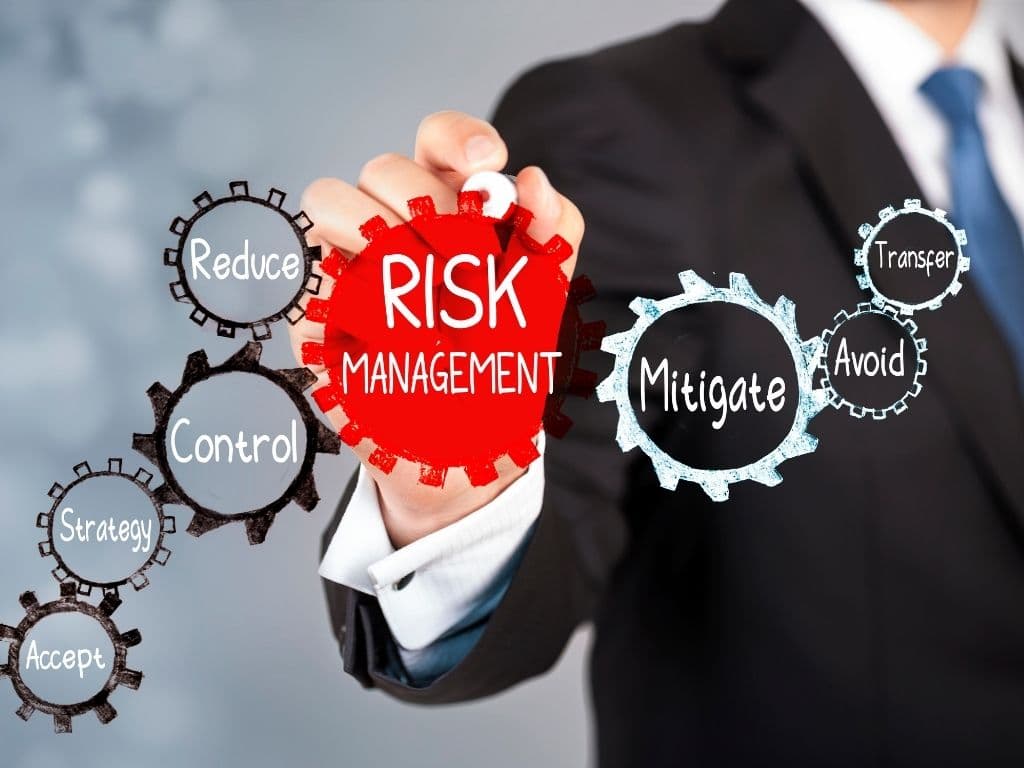
Mastering Modern Business Resilience Through Internal Control, Compliance, and Risk Management
Building a Fortress: Mastering Modern Business Resilience Through Internal Control, Compliance, and Risk Management
In today’s rapidly evolving business landscape, the word “resilience” is more than just a buzzword. It’s a critical necessity. From unexpected global events and cyber threats to shifting regulatory landscapes and economic volatility, businesses are constantly navigating a minefield of potential disruptions. The question is no longer if a disruption will occur, but when and how prepared you’ll be to weather the storm.
The bedrock of this preparedness lies in three interconnected pillars: Internal Control, Compliance, and Risk Management. While they might sound like corporate jargon, understanding and actively implementing these principles is the key to building a resilient business that can not only survive but thrive amidst uncertainty.
Let’s break down what each pillar entails and how they work in synergy to create a robust defense.
Pillar 1: Internal Control – Your Business’s Inner Strength
Think of internal controls as the daily habits and procedures that keep your business running smoothly and securely. They are the processes and policies designed to safeguard your assets, ensure the accuracy of your financial reporting, promote operational efficiency, and uphold ethical conduct.
In essence, strong internal controls are about:
- Prevention: Implementing measures to stop errors or fraud from happening in the first place. This could include things like segregation of duties (ensuring no single person has complete control over a critical transaction), authorization protocols, and physical security of assets.
- Detection: Having mechanisms in place to identify issues promptly if they do occur. This might involve regular reconciliations, internal audits, and monitoring systems.
- Correction: Establishing clear procedures for addressing and rectifying any identified problems.
Why is this crucial for resilience? Well-defined internal controls create a stable operating environment. When you have confidence in the accuracy of your data, the security of your assets, and the integrity of your processes, you’re less likely to be blindsided by operational failures or internal fraud, both of which can cripple a business.
Pillar 2: Compliance – Navigating the Regulatory Maze
The world of business operates within a complex web of laws, regulations, and industry standards. Compliance simply means adhering to these external rules and requirements. This can range from data privacy regulations like GDPR and CCPA to industry-specific standards in healthcare or finance, environmental regulations, and labor laws.
Effective compliance involves:
- Understanding Your Obligations: Staying informed about all relevant laws and regulations applicable to your industry and geographic locations.
- Implementing Policies and Procedures: Developing and enforcing internal policies that align with these external requirements.
- Training and Awareness: Educating your employees on their compliance responsibilities.
- Monitoring and Reporting: Regularly assessing your adherence to regulations and reporting as required.
How does compliance foster resilience? Non-compliance can lead to hefty fines, legal battles, reputational damage, and even operational shutdowns. By proactively ensuring compliance, you eliminate significant potential threats, avoid costly penalties, and maintain the trust of your customers, partners, and stakeholders. This stability is a cornerstone of resilience.
Pillar 3: Risk Management – Proactive Threat Identification and Mitigation
Risk management is the forward-thinking component of resilience. It’s the systematic process of identifying, assessing, and controlling potential threats that could impact your business objectives. This involves looking beyond immediate operational concerns to anticipate what could go wrong and developing strategies to minimize its impact.
Key elements of risk management include:
- Risk Identification: Brainstorming and categorizing potential risks, from financial and operational risks to strategic, technological, and reputational ones.
- Risk Assessment: Evaluating the likelihood of each risk occurring and the potential severity of its impact.
- Risk Mitigation: Developing strategies to reduce the probability of a risk or lessen its impact. This could involve risk avoidance, transfer (e.g., insurance), reduction, or acceptance.
- Risk Monitoring and Review: Continuously tracking identified risks and reassessing them as circumstances change. This also includes identifying new emerging risks.
The Resilience Factor: A robust risk management framework allows you to move from a reactive “firefighting” mode to a proactive “preparedness” mode. By understanding your most significant vulnerabilities and having plans in place to address them, you can significantly reduce the paralyzing effect of unexpected events. This could be anything from developing a business continuity plan for a natural disaster to implementing cybersecurity measures to protect against data breaches.
The Synergy: A Unified Approach to Resilience
The true power of these three pillars lies in their interconnectedness. They are not independent silos but rather interwoven threads that create a strong, resilient fabric for your business.
- Internal controls provide the foundation for effective risk management by ensuring accurate data and reliable processes, which are essential for identifying and assessing risks. They also help ensure compliance by embedding regulatory requirements into day-to-day operations.
- Compliance efforts often highlight potential risks associated with non-adherence, and the implementation of internal controls is frequently a key strategy for meeting compliance obligations.
- Risk management helps prioritize where to focus internal control efforts and informs compliance strategies by identifying areas of highest potential exposure.
Putting it into Practice:
To truly master modern business resilience, consider these steps:
- Assess Your Current State: Honestly evaluate your existing internal control environment, compliance programs, and risk management practices.
- Develop a Holistic Strategy: Don’t treat these as separate initiatives. Create a unified strategy that integrates all three.
- Invest in Technology: Leverage technology to automate processes, enhance monitoring, and improve data analysis for all three pillars.
- Foster a Culture of Awareness: Ensure that every employee understands the importance of internal controls, compliance, and risk awareness.
- Regularly Review and Adapt: The business environment is dynamic. Your resilience strategies must evolve with it. Conduct regular reviews and updates.
In conclusion, building a resilient business is no longer optional. By diligently mastering the interconnected domains of Internal Control, Compliance, and Risk Management, you’re not just protecting your business from potential threats; you’re building a robust, adaptable, and enduring enterprise capable of navigating the complexities of the modern business world with confidence. Start building your fortress today.





Hi, this is a comment.
To get started with moderating, editing, and deleting comments, please visit the Comments screen in the dashboard.
Commenter avatars come from Gravatar.